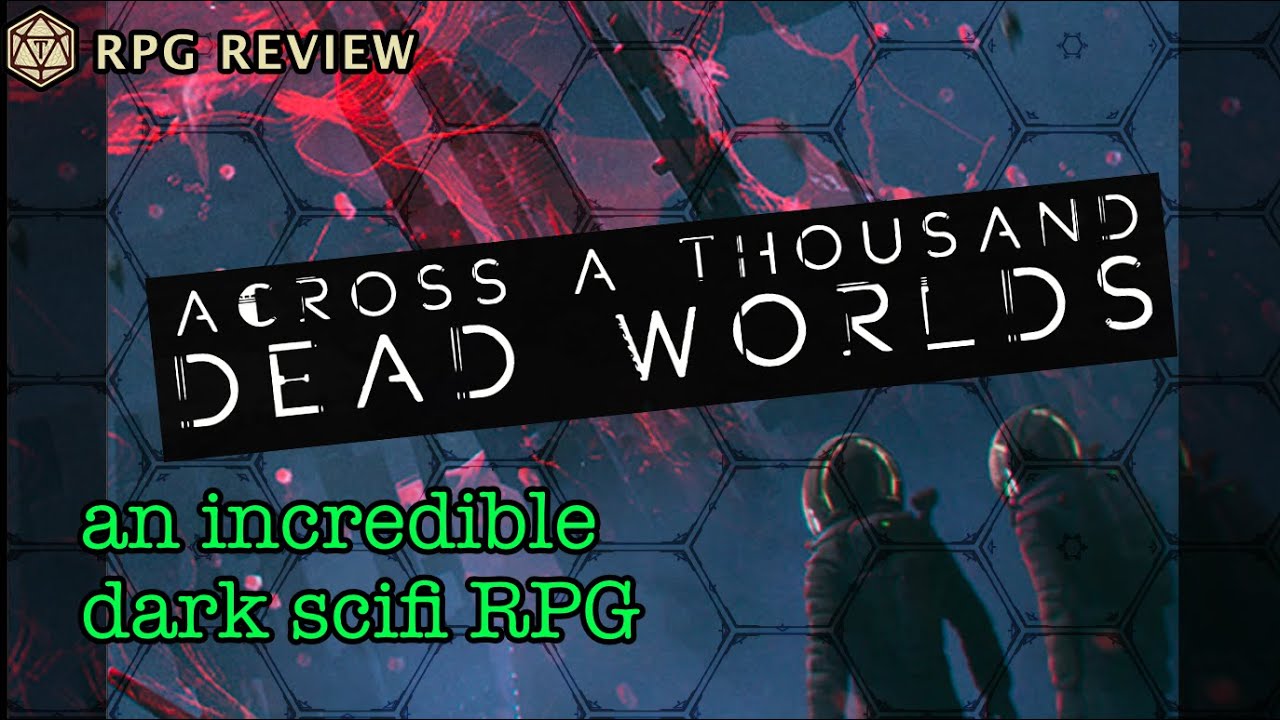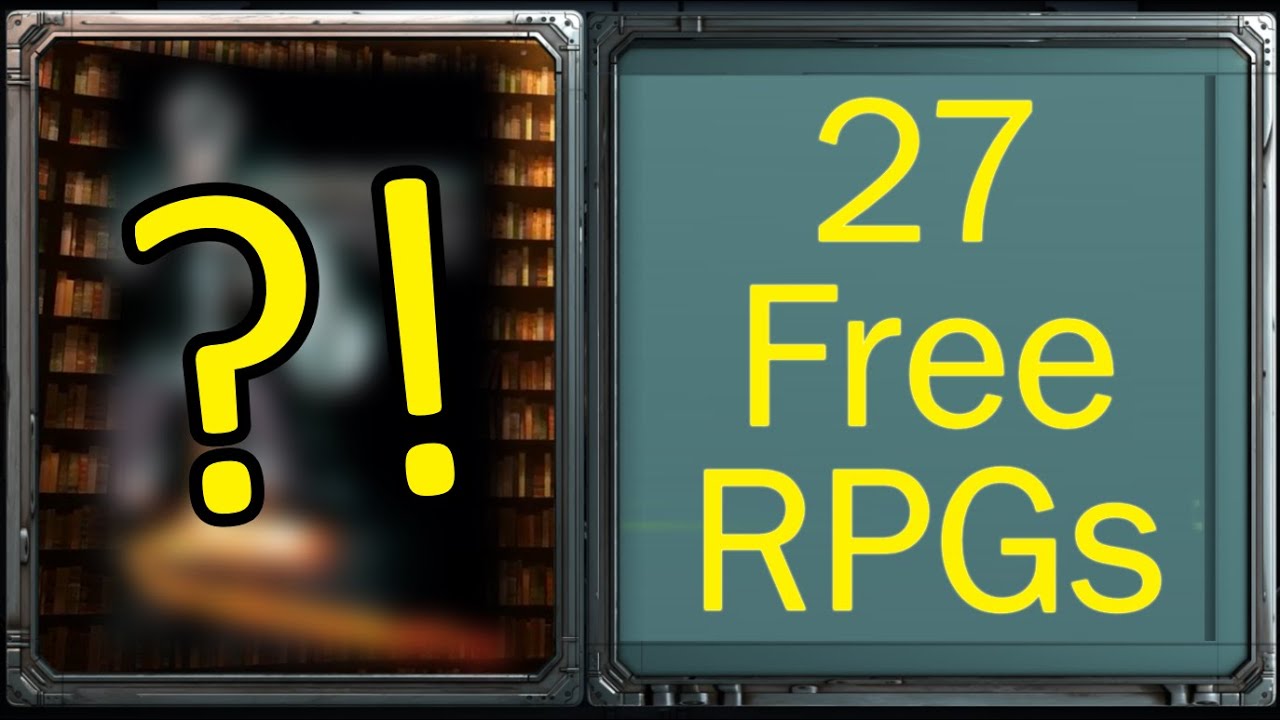Shawn Tomkin’s Ironsworn series. Delve I regularly use for setting up point crawls. Ironsworn/Starforged/Sundered Isles have great collections of random tables, I use the book thematically most fitting for the situation at hand. The core tables of Action, Theme, Descriptor and Focus all get heavy use.
Kevin Crawford’s [SOMETHING] Without Number series have awesome tables as well. These however get more use when I need more detail. Prep stuff. Again most thematic book is picked first but I do have used Cites (cyberpunk) for fantasy cities.
When I want to create background for “medieval fantasy” characters I pick up Burning Wheel and burn something up. Through that I get a good selection of relevant skills to sue (for flavor)
Anything related to cosmos and mythology I say HELLO! to my growing collection of Glorantha material. From cult books to magic tomes and Atlases.
















Inkscape enjoyer here. The vector based tech makes it not that limited to my skill at drawing but rather how I can manipulate the vectors and points. Make things thinner or wider, change a curvature etc. And nothing is set in stone. I’m using it for everything. World maps, region maps, settlements, dungeons. You name it. For dungeons (and inside locations) I gathered all my most used assets to save time.
Some examples